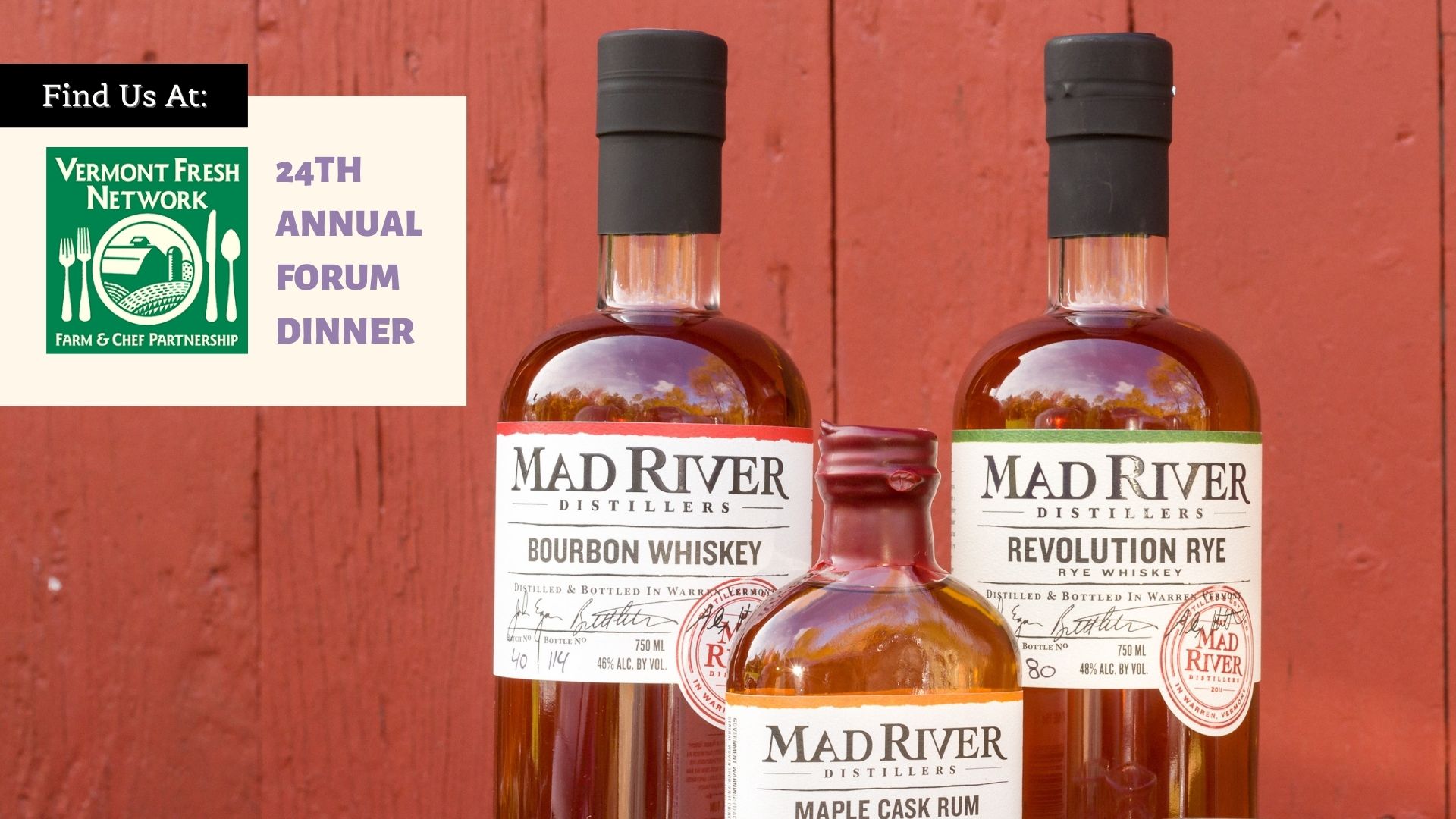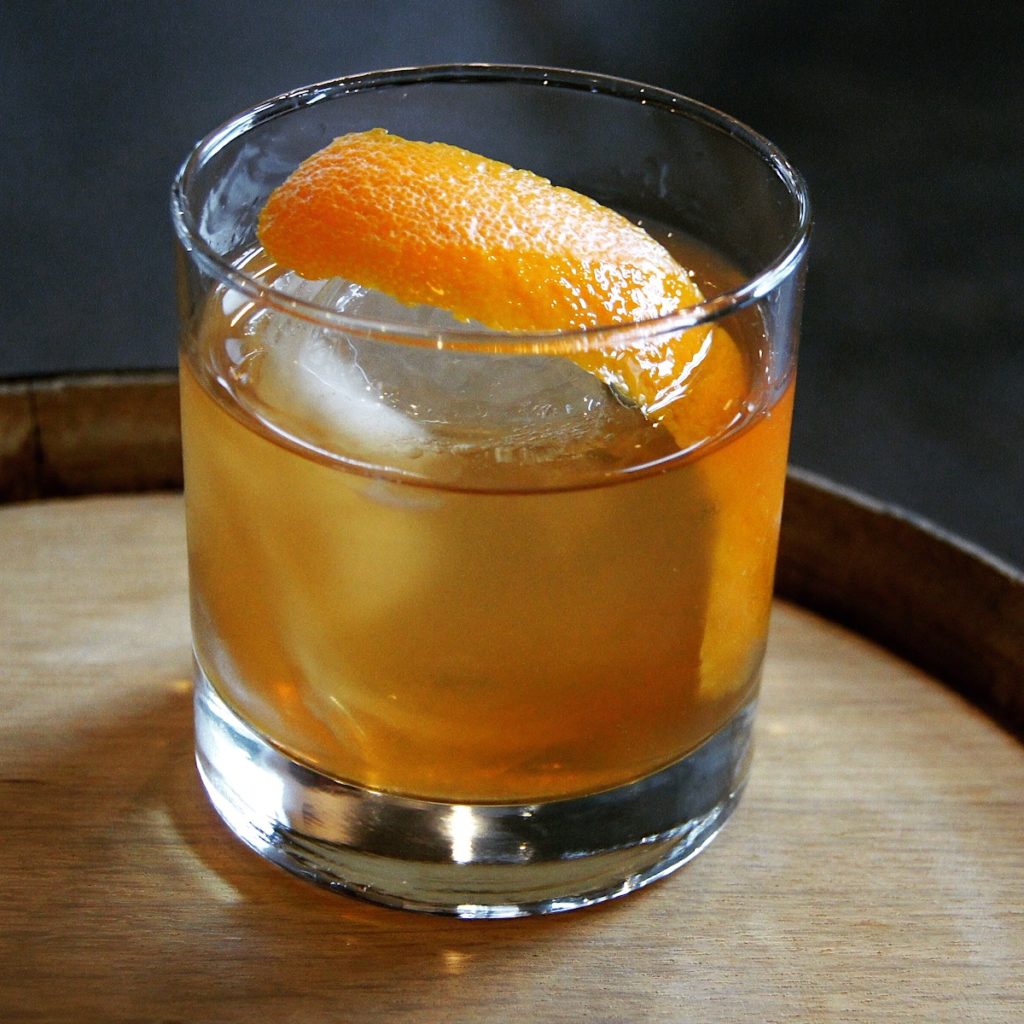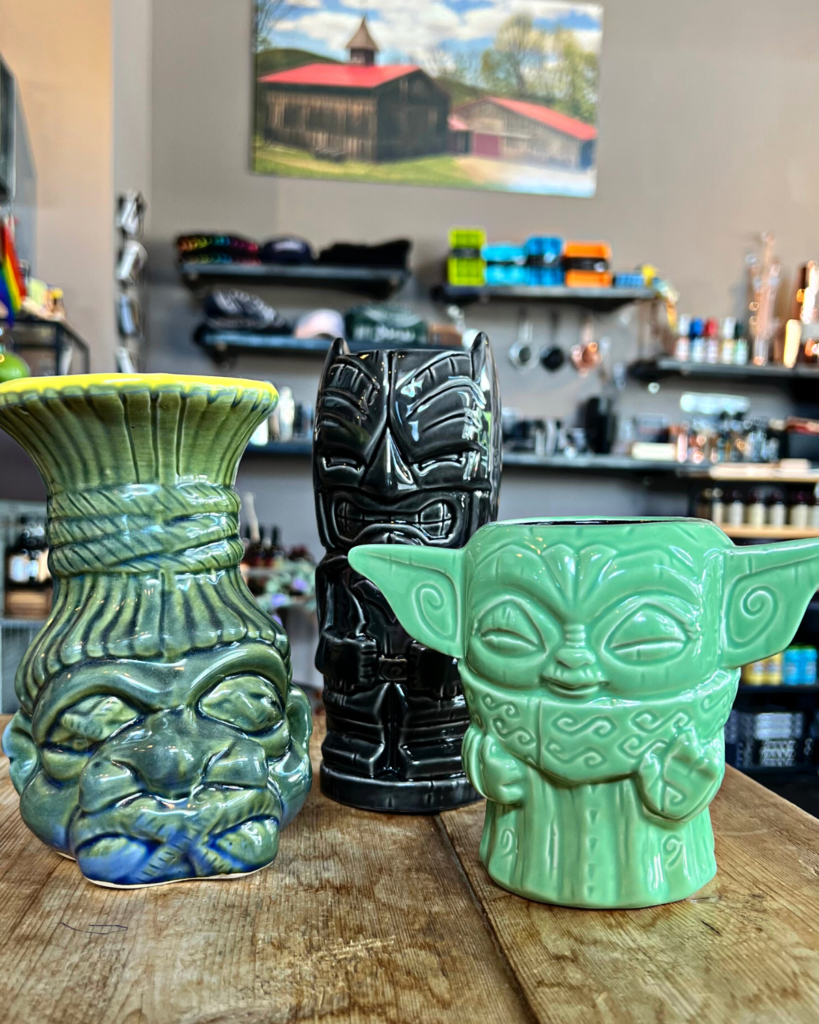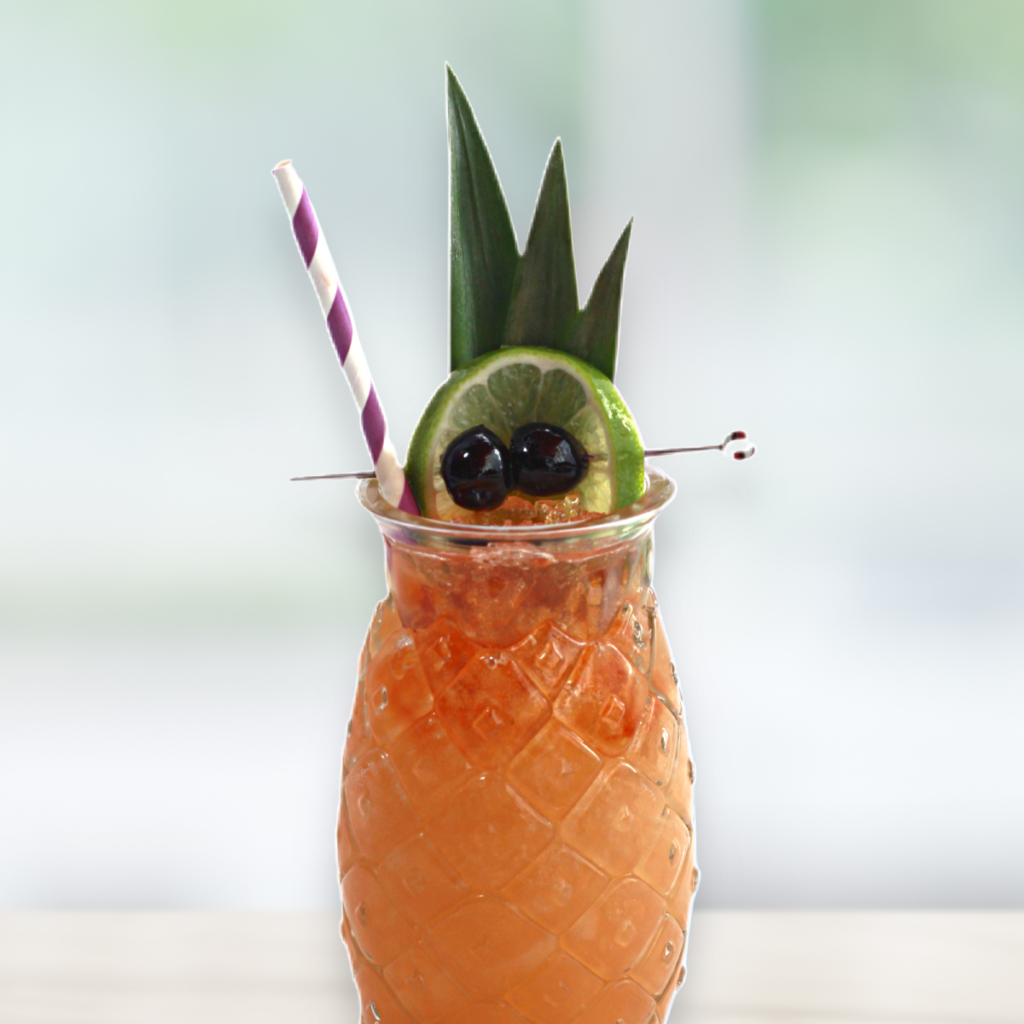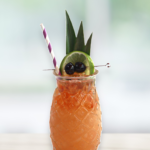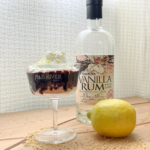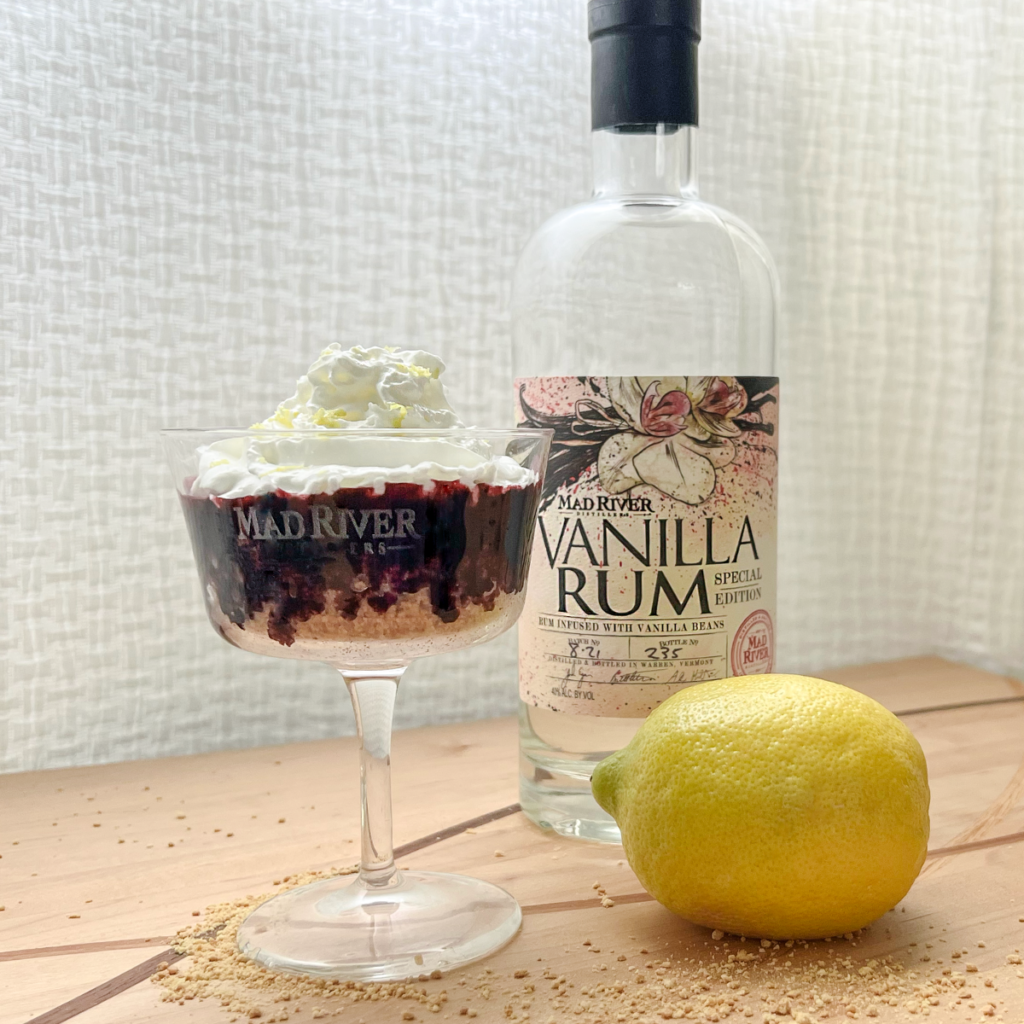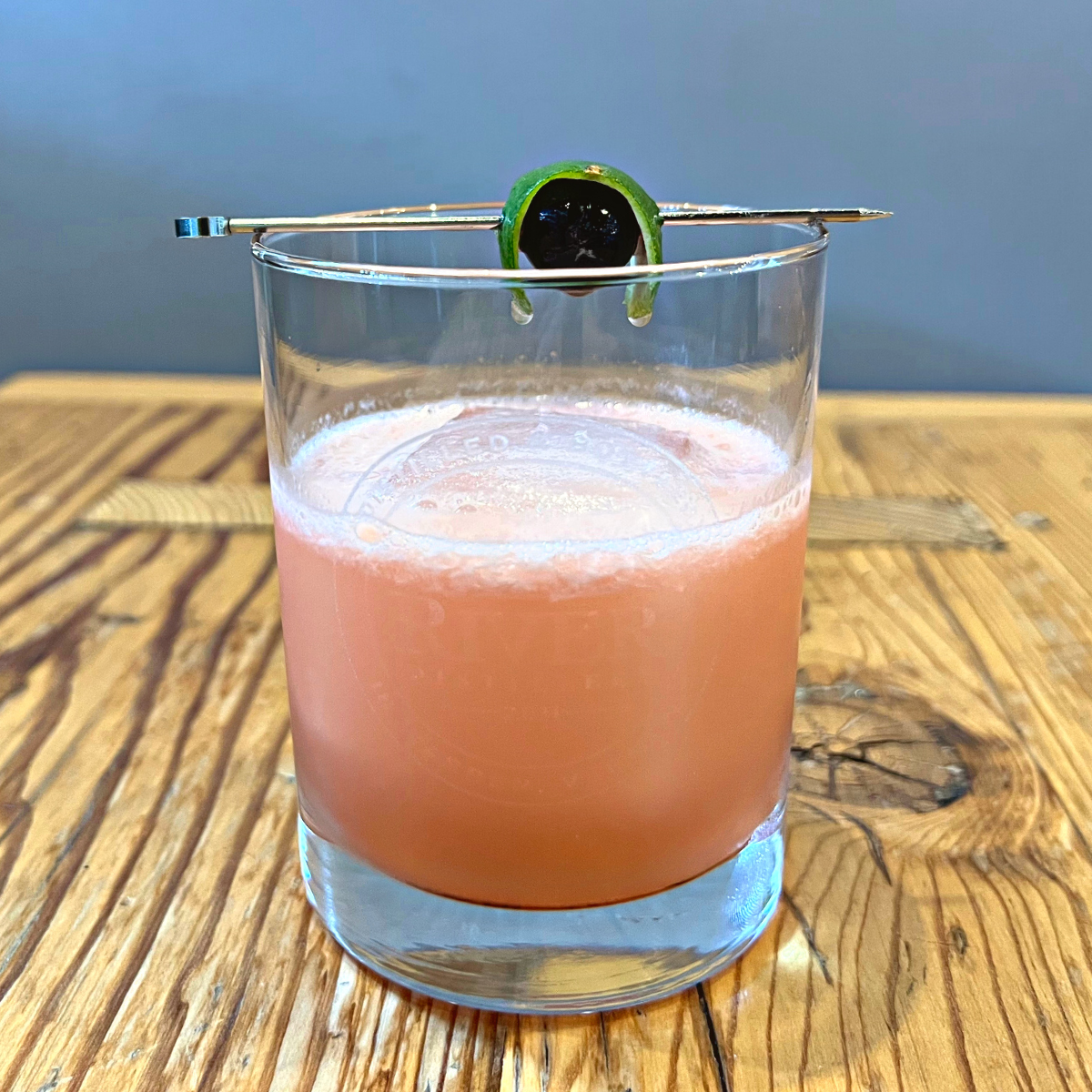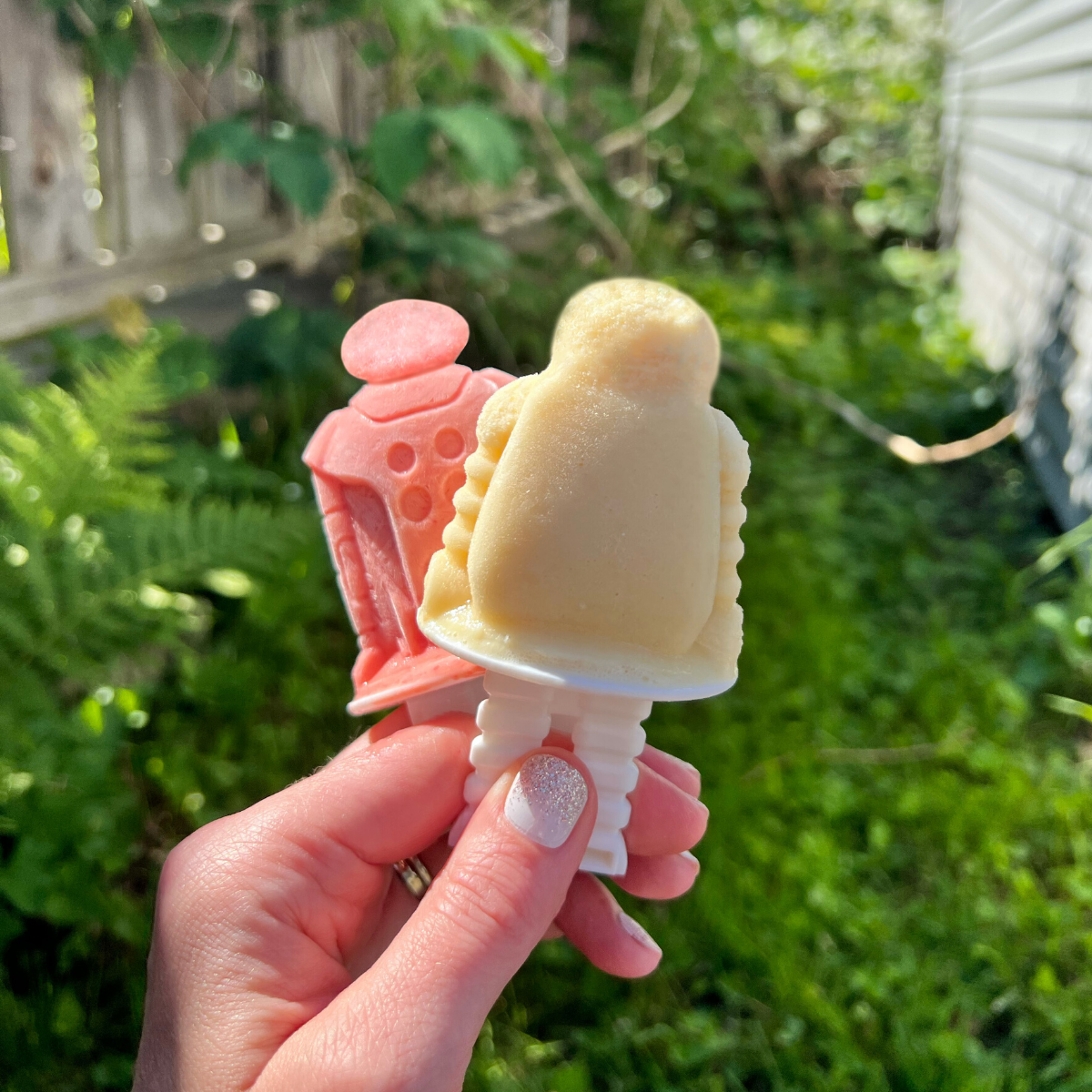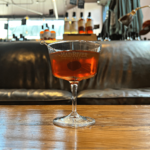At Mad River Distillers, we love making cocktails. We also love the experimentation process that leads to our recipes. Through experimenting with different flavors, we can create delicious cocktails with our spirits. Perhaps unexpectedly, one way the flavor of a cocktail can be enhanced is by improving the aroma using cocktail aromatics. So, what are cocktail aromatics?
We all know that our tongues are covered in taste buds, with the ability to decipher whether something is sweet or salty. Our taste buds tell our brain how to perceive flavor. However, for anyone who has ever had a bad cold with a stuffy nose, you know that the flavor experience isn’t limited to our tongues. Our nose actually plays a big role, picking up on aromas that send messages to our brain, also telling us how to perceive flavor. This is where cocktail aromatics come into play.
Our nose and tongue are so connected in the taste experience that aromas can trigger memories in our brain (Macdonald, 2019). According to Science World (Taste-Smell Connection, 2020), “Our sense of smell is responsible for about 80% of what we taste. Without our sense of smell, our sense of taste is limited to only five distinct sensations: sweet, salty, sour, bitter and the newly discovered “umami” or savory sensation. All other flavours that we experience come from smell.” Given this close connection between our taste buds and our sense of smell, it stands to reason that if something smells good, it typically tastes good. At least, that’s what our brains will tell us. On the flip side, if we want to improve the taste of something, one way we can achieve that is by improving the aroma.
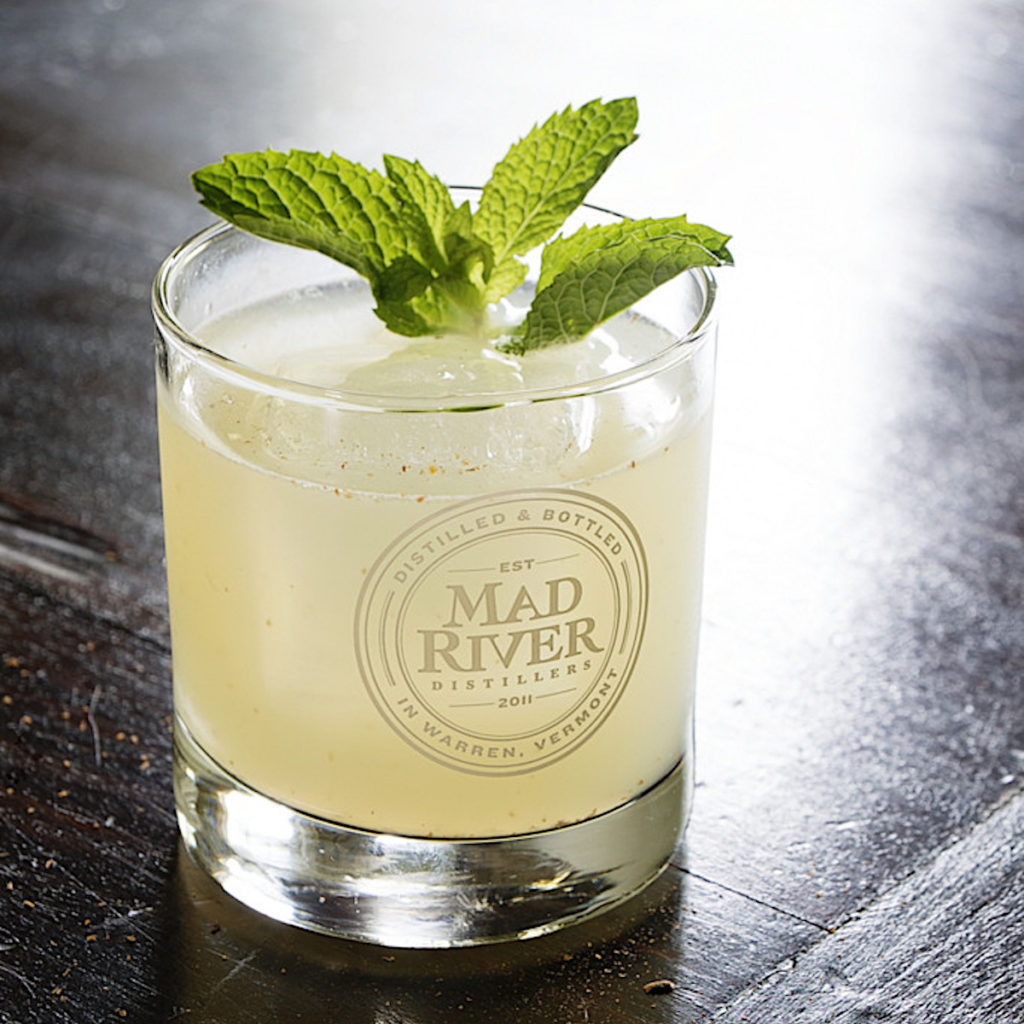
Similar to how bitters can enhance the flavor of a cocktail as it hits your tongue, cocktail aromatics can enhance a beverage simply with the aroma you smell through your nose. A simple and common way to add aroma to cocktails would be through fresh citrus or herb garnishes. You’ve likely ordered a cocktail that was served with a slice of lime, a lemon peel, or even a mint sprig. These all have the power to affect smell just before the drink hits your taste buds, all of which mingle together and send powerful flavor signals to your brain.
What’s particularly interesting with cocktail aromatics is the impact it can have on the flavor of your drink, without diluting it. Typical cocktail recipes may include citrus, syrups, bitters or other ingredients that can add flavor, but also dilute the spirit in the process. With cocktail aromatics, you can add a lot of flavor through smell alone.
Besides adding a garnish, there is another way that you can impact the aroma of your drink. Companies such as Alice & the Magician create specially extracted cocktail aromatic mists and flavor elixirs that can be added to cocktails (or mocktails) to improve the flavor experience. With just a spray or a few drops, you can add flavor without diluting your drink. If our sense of smell is responsible for 80% of what we taste, then you can imagine the possibilities with an aromatic mist or drop. You could use a variety of different aromatics to create new and unique flavor experiences, without diluting your drink or adding a pile of garnishes to your glass, all while still appreciating the full flavor of the main spirit.
Generally speaking, we tend to think of taste as what determines whether something has a great flavor, but as science tells us, that isn’t the full picture. Our nose deserves much more credit for its role in the flavor experience. Cocktail aromatics target your sense of smell to deliver a flavor experience unlike a usual bitter or syrup.

Are you ready to experience the power of cocktail aromatics for yourself? Most of our cocktail recipes feature fresh citrus and herb garnishes, meant to play on your sense of smell. Browse our recipes, such as this PX I Miss You cocktail featuring a clove studded orange peel. To try cocktail aromatics in a mist or drop form, visit our Burlington Tasting Room, where you’ll find some Alice & the Magician products, or visit them online. You can also try our Smokey Bokey recipe featuring their Bonfire Smoke mist.
Written and edited by Brianne Lucas. Published August 16, 2022.
REFERENCES:
Macdonald, R. (2019, April 3). The Science Behind Smell and Taste | Institute of Culinary Education. Institute of Culinary Education. Retrieved August 9, 2022, from https://ice.edu/blog/smell-taste-flavor-connection
Taste-Smell Connection. (2020, July 1). Science World. Retrieved August 9, 2022, from https://www.scienceworld.ca/resource/taste-smell-connection/





















